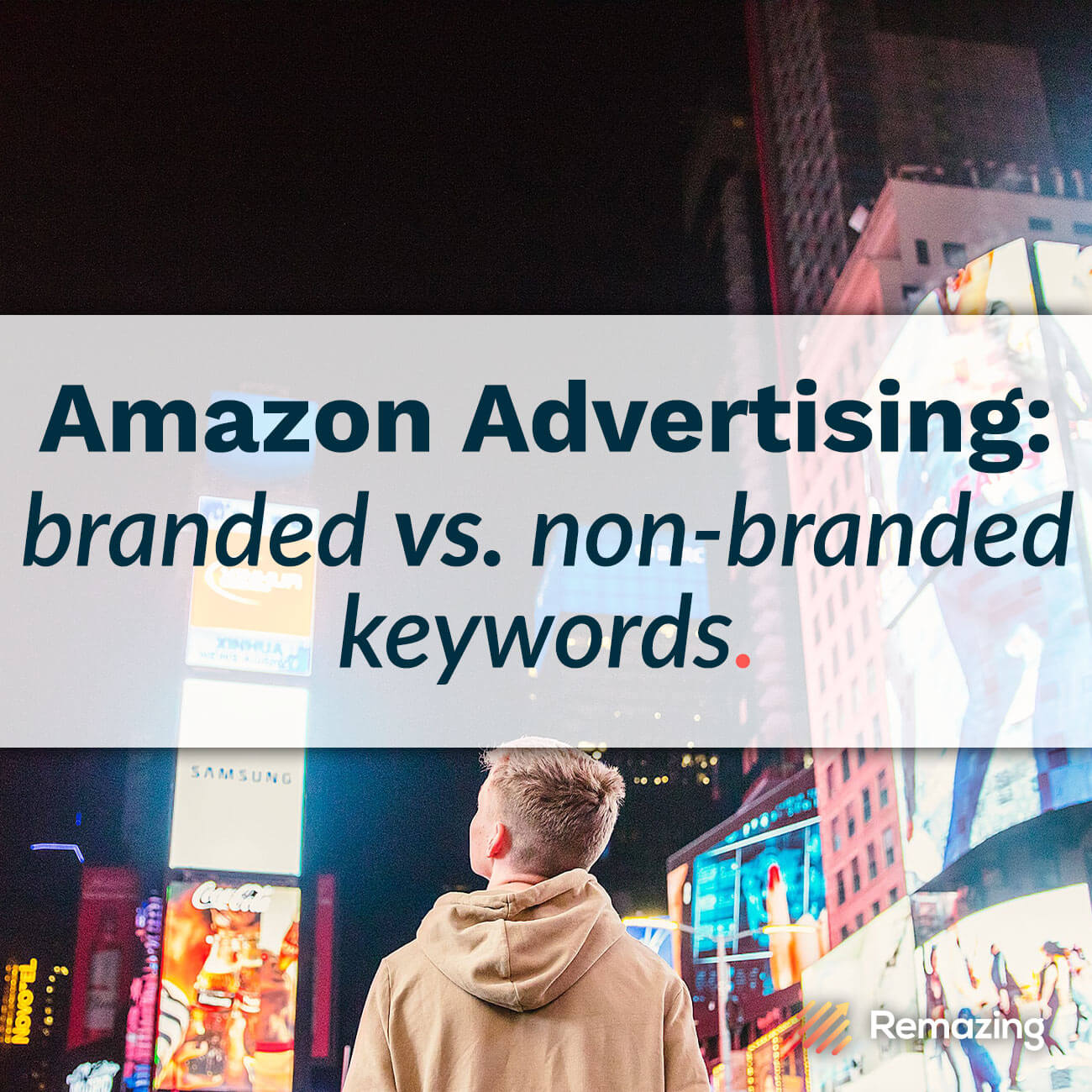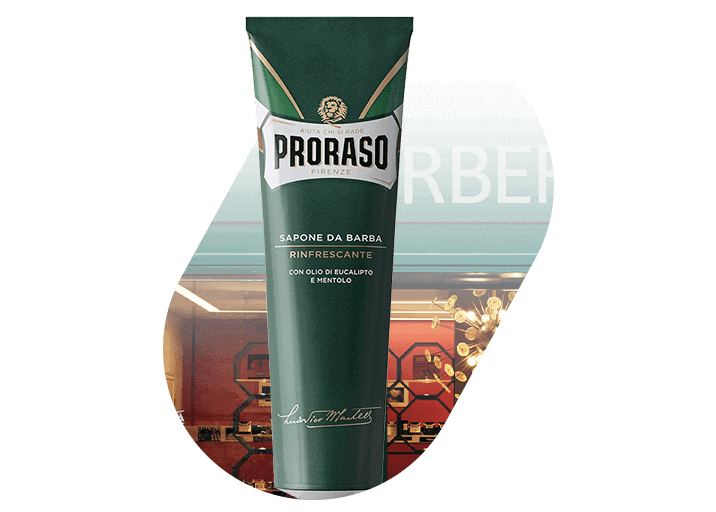
Amazon Advertising: Branded vs. Non-Branded-When am I cannibalizing my brand?

Due to the ever-increasing range of products on offer and the resulting stronger competition on Amazon, sellers and vendors must consider how they can generate more visibility for their products.
Basics of advertising
The question of whether branded keywords influence organic sales is a deep-seated question. Branded keywords are keywords that contain the brand name, e.g. “Nike Sneaker”. A non-branded keyword would be “running shoes”. If a customer who is loyal to a brand is looking for the product of his favourite brand, it would be reasonable to assume that he would buy the product even without an advertisement. The main reason for this is brand loyalty and the intention associated with the search query to buy a corresponding product. In this case, competitor ads, i.e. ads from competing brands, would also have low chances of success, depending on customer loyalty.
Ultimately, the question arises as to whether a company cannibalizes organic sales by running branded campaigns.
Why is this topic relevant for your campaign strategy?
In our experience, the most important KPI for brands is the ACoS (Acquisition Costs of Sales), i.e. the ratio of spend to sales. Without denying that this KPI is very important, a differentiated consideration would make sense in many respects. We generally structure our ads and the keywords they contain according to the following scheme: Brand (search term + brand name), Generic (generic search term, e.g. “shoe”) and Competitor (search term + brand name of a competitor). Each of these keyword types has its advantages and disadvantages, and delivers different ACoS values. Based on the product margin and the campaign goal (brand awareness, profitability, sales growth) the share of each keyword type is determined.
Brand keywords are cannibalizing your ad sales
We often observe that customers come to us whose ads have a low ACoS of e.g. 5%. However, if we look at the sales in detail, it is noticeable that despite a partly considerable increase in sales in the advertising sector, no increase in overall sales is to be recorded. Of course there are many factors that can have an effect here. Often, however, it happens because the share of branded keywords is very high. A customer who enters “brand name + product type” is already looking for the corresponding product of the brand anyway. The question arises whether the customer differentiates between the ads and the organic search results at all, and whether they would not have bought the product even without the ad. In this case, the ad would have cannibalized the organic sale.
A study carried out by Remazing from the market research app Appinio has shown, that 62% of users recognize that the first search results are often sponsored. 46% of Amazon users try not to click on sponsored products. However, the other 54% incur costs in this case. It would be worth considering the distribution of the budget between Brand, Generic, and Competitor ads to avoid cannibalizing the organic sales.

Subscribe to our newsletter now and receive regular updates on Amazon and other online marketplaces.
Subscribe to the newsletter now.
Which ratio makes the most sense for my brand?
Now that we know the problem, the question remains as to what an appropriate distribution could look like – surprise: it depends. With a product search engine like Amazon, the issue is crucial as search queries are even more concentrated and pointedly related to products and brands. We are practically at the bottom of the famous Sales Funnel.
Similar to Simon Sinek’s Golden Circle Model, advertisers should first ask themselves the question “why”. Why do we advertise on Amazon? Do we want to increase brand awareness, is the goal profitability, or are we sales-driven? Depending on the goal, it can then be decided which keyword ratio fits the best to your campaigns.
Defending your brand from competitors
Furthermore, you should not forget to defend your brand. You are not the only one targeting other competitor brands. According to the new Gartner L2 Intelligence Report “Amazon Europe 2019”, Puma for example targets competitor keywords to a large extent and thus receives 17% of its impressions. Especially Nike, Adidas, and Fila are victims of this strategy. In order to not lose sales to competitors, the brand should be protected at all costs. Garnier pursues the opposite strategy: mainly branded keywords are used and cross-selling potentials are exploited. This is to protect the brand from competitors. Admittedly, Amazon is the big winner in this scenario.
Starting from a higher-level ACoS target, which in the best case is calculated using margins, a target share of branded keywords is first calculated. Due to the detailed structure and the allocation in portfolios, we can quickly and easily adjust the branded keyword share if necessary. We control the adherence to this share and the corresponding budgets by storing negative keywords and budget caps. It is important that the budget is distributed at an even pace so that the entire budget is not already spent in the middle of the month.
Conclusion: See campaigns holistically
There is no universal answer to the question of when the share of branded keywords is too high and organic sales are cannibalized. Overall, campaigns should always be viewed holistically. Especially the total turnover, i.e. the figures from Vendor-Central and Seller-Central, and the advertising turnover should be analyzed together: Do organic sales decline after the ads are launched? In what proportion do the figures change? What is the causality between different changes in the account? Of course, a well set up structure is necessary to monitor the changes in the first place, and to be able to take necessary steps in the second.
If you have any questions, feel free to contact us and we will help you establish the perfect keyword strategy for your advertising campaigns.
Are you interested in an expert analysis of your Amazon account?
Request free analysisRelated articles
Remazing GmbH
Brandstwiete 1
20457 Hamburg
©Remazing GmbH




